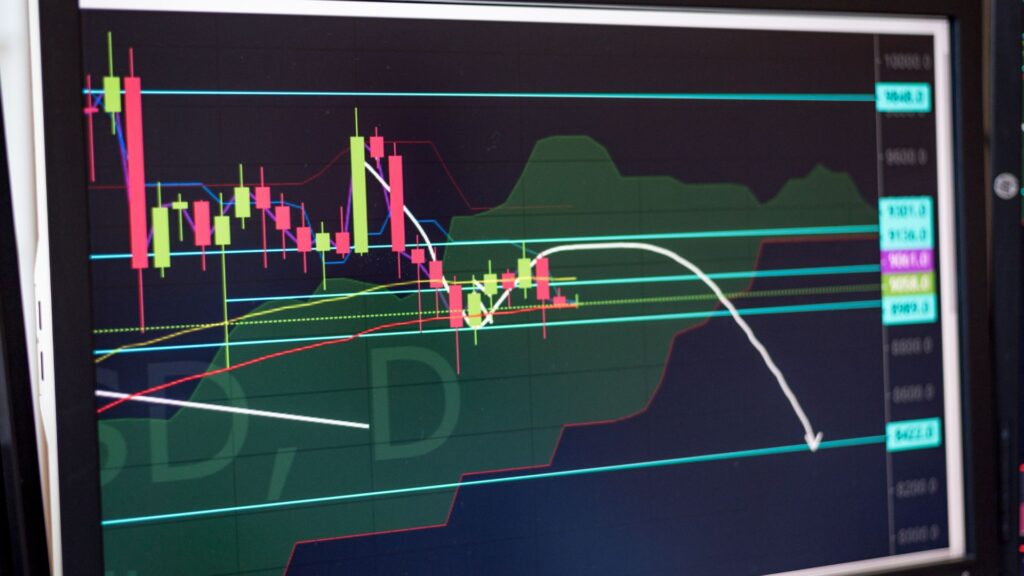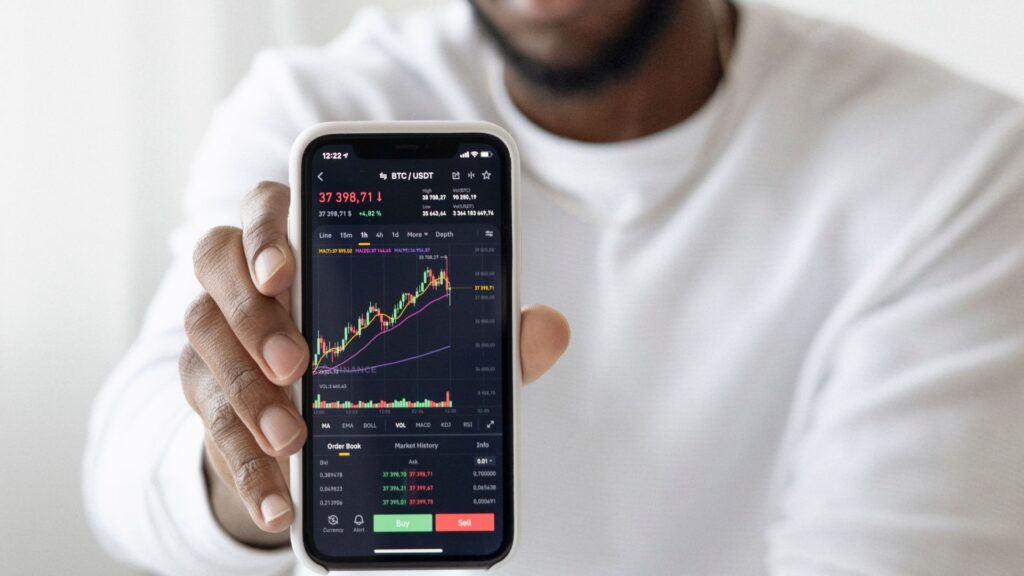In forex trading, managing risk is important for long-term success. One of the key concepts every trader should understand is the stop-out level.
A stop-out level refers to the point at which your broker will automatically start closing your open positions to prevent further losses when your account’s margin level falls below a certain threshold. This threshold is typically expressed as a percentage and is set by your broker.
When your margin level reaches or drops below the stop-out level, the broker will begin liquidating your positions, starting with the least profitable ones, to restore your margin to an acceptable level.
In This Post
What is a Stop Out Level?
To fully understand how a stop-out level works, it’s important to first grasp the concept of margin and margin level:
Margin: This is the amount of money required to open a position. It’s essentially a security deposit that the broker holds while your trade is active.
Margin Level: This is a percentage calculated as the ratio of your equity (the total balance in your account, including unrealized profits and losses) to your used margin.
When your margin level falls to the broker’s specified stop-out level, the broker will begin to close your positions to bring the margin level back up. This is a protective measure to prevent your account from going into a negative balance.
Why is the Stop-Out Level Important?
The stop-out level is a critical component of risk management in trading. Why it matters:
1. Prevents Account Wipeout
The stop-out level is a crucial safety mechanism designed to protect your trading account from being completely drained. When your account’s margin level falls below the stop-out threshold, your broker will automatically begin closing your losing positions.
This automatic liquidation process ensures that you don’t lose more money than what you have in your account, thereby preventing a total account wipeout and allowing you to retain some of your capital for future trading.
2. Manages Broker Risk
Leverage allows traders to control larger positions with a smaller amount of capital, but it also increases the risk for brokers. If your account balance drops too low, it can create a situation where the losses exceed your account balance, potentially resulting in a negative balance.
This is a liability that the broker might have to absorb. The stop-out level helps manage this risk by closing positions before they incur further losses, protecting both the trader and the broker from significant financial exposure.
3. Encourages Responsible Trading
Knowing about the stop-out level encourages traders to be more cautious with their use of leverage. Understanding that there’s a point where the broker will step in and close positions forces traders to think carefully about their risk management strategies.
This awareness helps traders avoid over-leveraging their accounts, which is a common cause of rapid and significant losses. By being mindful of the stop-out level, traders can better manage their positions, trade within their means, and maintain more sustainable trading practices.

How to Avoid Reaching the Stop-Out Level
While the stop-out level serves as a safety net, it’s best to avoid reaching it altogether. Some tips to help you manage your trades more effectively:
1. Monitor Your Margin Level Regularly
Keeping a vigilant eye on your margin level is essential to prevent reaching the stop out threshold. Trading platforms often offer real-time updates on your margin level, allowing you to monitor it closely.
By regularly checking your margin level, you can take proactive steps to manage your positions before they become too risky, ensuring that you stay well above the stop out level and avoid automatic liquidation of your trades.
2. Use Stop-Loss Orders
Stop-loss orders are an effective tool to protect your trading account from severe losses. By setting a stop-loss order, you instruct your broker to close a position once it reaches a specific price, limiting the amount you can lose on a trade.
This helps prevent your margin level from dropping too low, reducing the risk of hitting the stop-out level.
3. Avoid Over-Leveraging
While leverage can significantly increase your potential profits, it also heightens your risk. Over-leveraging can quickly deplete your margin, bringing you closer to the stop-out level.
To avoid this, use leverage sparingly and ensure you have sufficient margin to support your positions. By maintaining a conservative approach to leverage, you reduce the likelihood of facing a margin call or triggering a stop-out, thereby protecting your account from large, unexpected losses.
4. Deposit Additional Funds
If you notice your margin level is nearing the stop-out threshold, adding more funds to your account can help you maintain your positions without risking a stop-out.
By boosting your margin, you give yourself more breathing room, allowing your trades to remain open even during adverse market movements.
This can be particularly useful during periods of high volatility, where small price fluctuations might otherwise lead to a stop out.
Frequently Asked Questions
1. What is the difference between a stop-out level and a margin call?
A margin call is a warning from your broker that your margin level has dropped below a certain threshold, requiring you to deposit more funds or close positions to meet the margin requirement.
If you don’t take action, and your margin level continues to decline, the stop-out level is triggered, leading to the automatic closure of your positions by the broker to prevent further losses.
2. Can I avoid a stop out by depositing more funds after receiving a margin call?
Yes, if you deposit additional funds into your account after receiving a margin call, you can increase your margin level and potentially avoid triggering the stop out level. However, it’s important to act quickly, as market conditions can change rapidly, and your positions may be closed if your margin level falls too low before the funds are credited.
3. How can I check my stop-out level with my broker?
You can check your stop-out level by reviewing the terms and conditions provided by your broker, or by contacting their customer support directly.
Most brokers also display the stop-out level on their trading platforms, typically within the account or margin settings. It’s essential to know this information to manage your trades effectively and avoid unexpected position closures.
Conclusion
The stop out level is a vital concept for any trader who wants to maintain a healthy trading account. It acts as a safeguard, ensuring that your account doesn’t suffer catastrophic losses that could wipe out your balance.
When you understand how the stop-out level works, you can trade more confidently and responsibly in the forex market.
Always remember that trading carries risk. While tools like the stop-out level provide protection, the best approach is to manage your trades wisely from the start.
With careful planning and attention to your margin levels, you can navigate the markets more effectively. Hence, pitfalls are that lead to a stop-out are avoided.




